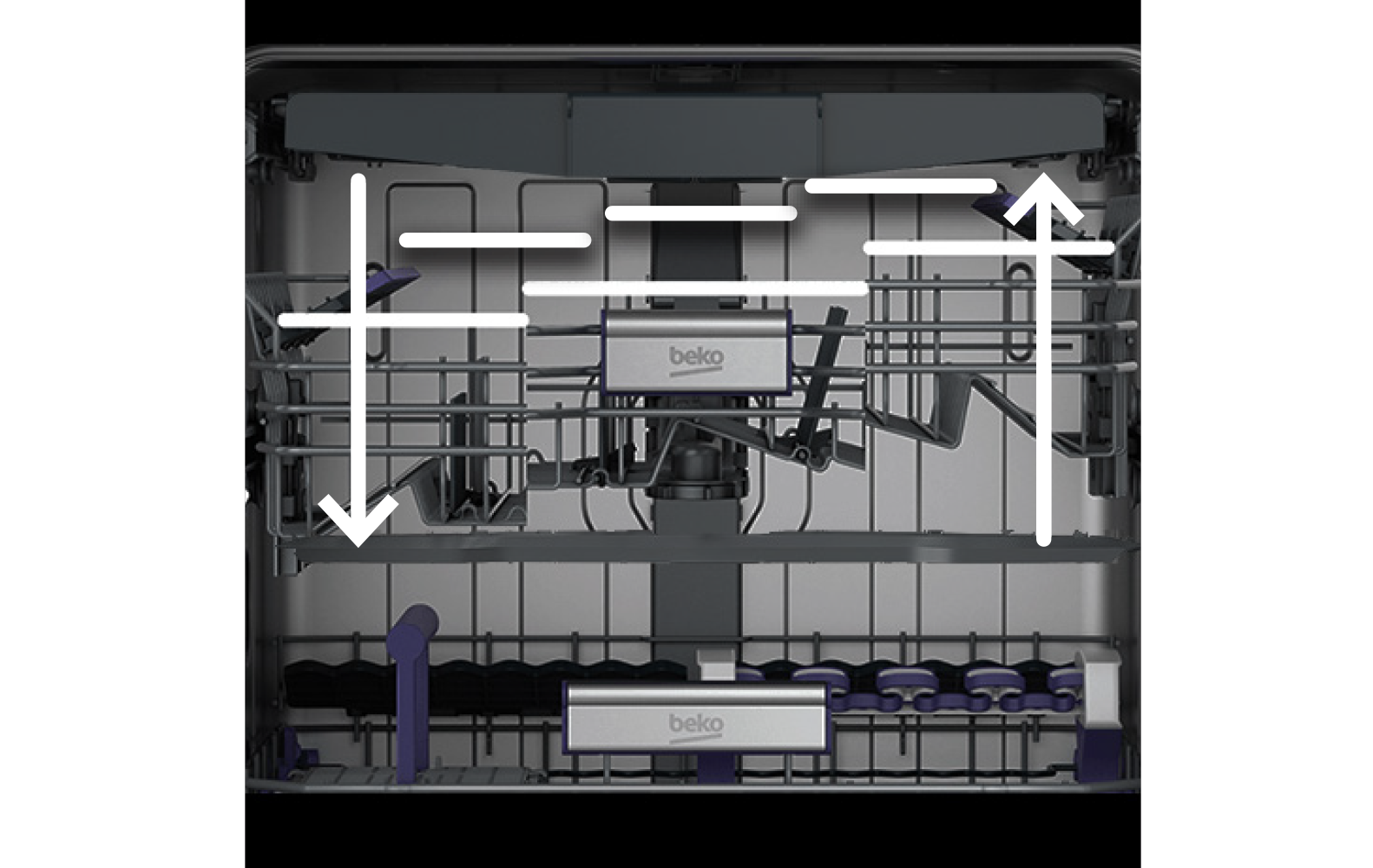


As metal drums started to replace the traditional wooden drums, it allowed for the drum to turn above an open fire or an enclosed fire chamber, raising the water temperature for more effective washes. While the technology was simple enough, it was a milestone in the history of washing machines, as it introduced the idea of "powered" washing drums.

Basically, these early design patents consisted of a drum washer that was hand-cranked to make the wooden drums rotate. More advancements were made to washing machine technology in the form of the rotative drum design. This crude agitator technology was hand-powered, but still more effective than actually hand-washing the clothes. The person using the washer would use a stick to press and rotate the clothes along the textured sides of the basin or container, agitating the clothes to remove dirt and mud. One of the first innovations in washing machine technology was the use of enclosed containers or basins that had grooves, fingers, or paddles to help with the scrubbing and rubbing of the clothes. In 1782, Henry Sidgier issued a British patent for a rotating drum washer, and in the 1790s Edward Beetham sold numerous "patent washing mills" in England. Jacob Christian Schäffer's washing machine design was published 1767 in Germany.

A drawing of an early washing machine appeared in the January 1752 issue of The Gentleman's Magazine, a British publication. The first English patent under the category of washing machines was issued in 1691. In a fulling mill, cloth was beaten with wooden hammers, known as fulling stocks or fulling hammers. Early machines Ī fulling mill from Georg Andreas Böckler's Theatrum Machinarum Novum, 1661Īn early example of washing by machine is the practice of fulling. Nearly five billion of the world's population of seven billion as of 2010 still hand-wash their clothes. The entire process often occupied an entire day of hard work, plus drying and ironing. After rinsing, the soaking wet clothing would be formed into a roll and twisted by hand to extract water. First, soap would be rinsed out with clear water. Removal of soap and water from the clothing after washing was a separate process. That made the warm soapy water precious it would be reused, first to wash the least soiled clothing, then to wash progressively dirtier laundry. Water for the laundry would be hand carried, heated on a fire for washing, then poured into the tub. Before indoor plumbing, individuals also had to carry all the water used for washing, boiling, and rinsing the laundry from a pump, well, or spring. Laundering by hand involves soaking, beating, scrubbing, and rinsing dirty textiles. Irreler Bauerntradition shows an early Miele washing machine at the Roscheider Hof Open Air Museum.


 0 kommentar(er)
0 kommentar(er)
